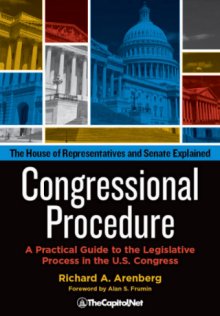Rise / Rise and Report (CongressionalGlossary.com)
From the Congressional Glossary – Including Legislative and Budget Terms Rise: In order only in the Committee of the Whole during the amendment stage, it has the effect of terminating or suspending debate on the pending matter. Rise and Report: Term to refer to the culmination of proceedings in the Committee of the Whole. The … Read more



